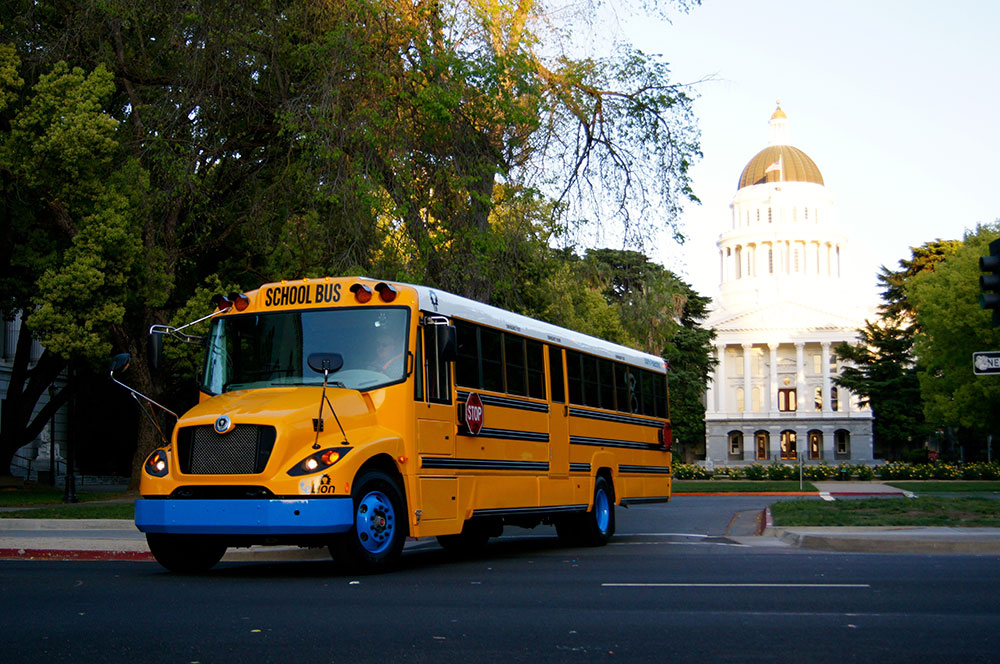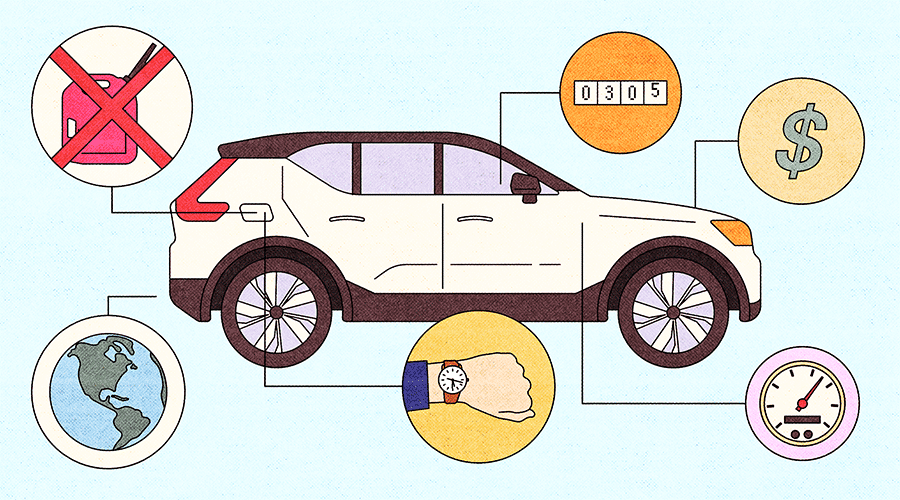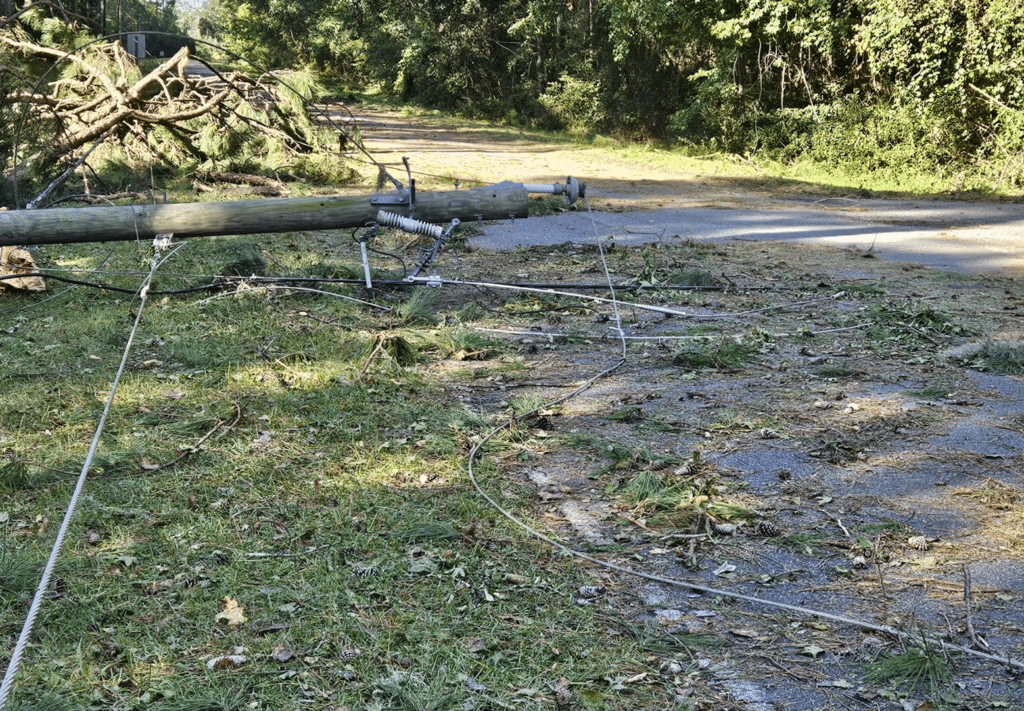When someone says the words “electric vehicle,” a giant, lumbering, yellow kid-wagon isn’t the first—or the slickest—product that comes to mind. You might not have even known that someone, somewhere, was making such a vehicle.
But here’s the honest truth: electric school buses are here, they’re awesome, and the case for schools adopting them is more compelling than ever.
It’s not hard to figure out why electric buses are awesome. Here’s an easy place to start: remember waiting for your school bus and performing that daily dance to avoid the choking fumes churning from the tailpipe? With electric buses, that diesel dance is history.
If that fact alone hasn’t completely sold you on electric buses, then keep reading—we’re just getting started.
A key solution
U.S. school buses transport more than 25 million children each day, traveling a total of 4 billion miles annually along standard routes. While current diesel bus fleets get the job done, they expose young passengers to concerning levels of diesel fumes. Transportation as a whole contributes to a wide range of health and pollution problems and is also the top source of greenhouse gas emissions, accounting for nearly a third of the nation’s total.
Electric vehicles are a key solution. Compared to diesel and natural gas options, electric buses account for far fewer emissions, even when charged on today’s grid powered largely by fossil fuels. Replacing all of the nation’s school buses with electric alternatives could prevent the emissions equivalent of 1.1 million cars.
Even better, converting school buses to electric will bring us closer to a fully electrified future, powered by 100 percent clean energy. As the grid transitions to higher shares of renewables, we’ll see more and more schools using rooftop solar to charge their fleets of electric buses, providing emissions-free transport to kids nationwide.
A day’s worth of range, a lifetime of savings
A common concern about EVs is their range, or how far they can travel on a single charge. The good news is that today’s electric buses, with a range of around 100 miles, can cover 80 percent of existing school bus routes with a single overnight charge. If they’re also charged at mid-day, they can cover 90 percent of routes. Manufacturers like Blue Bird, Lion Electric Company, and GreenPower already offer models that achieve this range, and as technologies improve, ranges will only increase.
What about cost? On average, a new diesel school bus costs around $110,000, whereas a new electric school bus—plus the necessary charging infrastructure—costs around $230,000. Although the upfront costs are higher, the savings from going electric come over the vehicle’s lifetime. The extra cost is recouped after around 13 years of operation due to the lower fuel and maintenance costs.
Electric buses don’t depend on costly fill-ups, and they don’t need most of the parts that traditional diesel buses require (plus, electric parts tend to last longer). On average, electric buses can save school districts $2,000 in fuel costs and another $4,400 in reduced maintenance costs each year. With additional infrastructure, electric buses can even help schools save on their overall electricity bills, with the bus battery serving as storage that can feed power back to the grid during periods of peak demand.
Extra support for going electric
For some schools, transitioning to electric buses might be possible within the standard budget. But more likely, schools will need an additional boost to make the buses more affordable and to increase the savings.
Some states are applying for funds from the Volkswagen Mitigation Trust—established in 2017 after the automaker was found guilty of cheating on U.S. vehicle emissions tests—which allocates a total of $2.9 billion for projects that reduce diesel emissions. California, for example, plans to spend $130 million to replace eligible school, transit, and shuttle buses with electric alternatives, and Illinois will dedicate up to $10.9 million of its allocation to replace diesel school buses with electric and install charging infrastructure.
States are also providing their own funds to go electric. California’s Hybrid and Zero-Emission Truck and Bus Voucher Incentive Project offers school districts vouchers of up to $220,000 for each electric school bus they buy and another $15,000 if the school is in a disadvantaged community. The state’s Rural School Bus Pilot Project is among several initiatives helping to deliver dozens of electric school buses to rural communities.
At the federal level, the School Bus Rebate Program is providing more than $9 million to school districts to replace old buses in 2018, or about $15,000 to $20,000 per bus.
A win for Twin Rivers
The case for electric buses might best be summarized by the experience of Twin Rivers Unified School District in Sacramento, California. Thanks in part to proceeds from the state’s cap-and-trade program, the district now has one of the largest electric school bus fleets in the country. Its 12 electric buses travel 50 to 70 miles a day on a single charge—with power to spare—and have reduced fuel costs by around 82 percent.
In total, the Twin Rivers district saves an estimated $8,000 to $15,000 a year on energy and maintenance. Cost savings of that scale, paired with the improvements in community air quality and health outcomes, are giving the district plenty of reasons to feel good about its investment. Here’s to hoping its experience inspires school districts across the country to hop on the bus to a cleaner, healthier future.
Want to dive deeper on electric buses? Check out our recent webinar on the topic with U.S. PIRG’s Transportation Campaign Director here.















